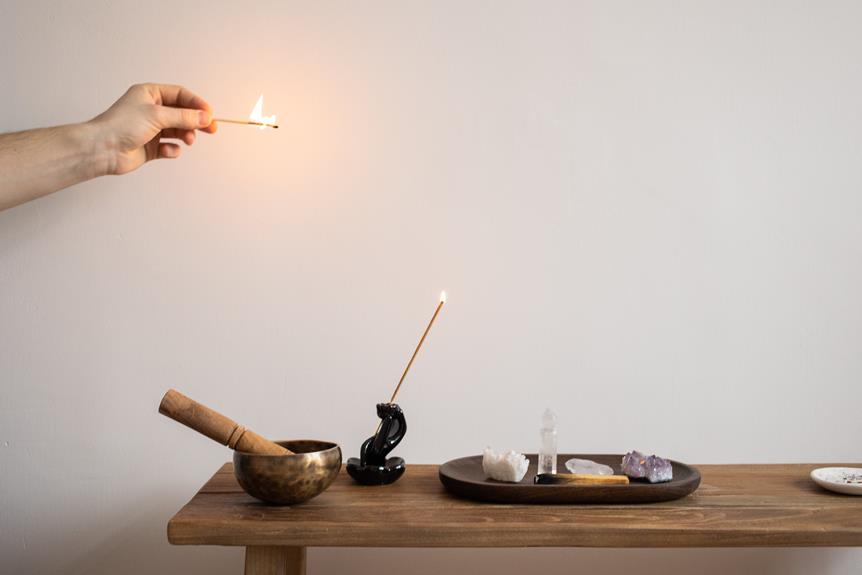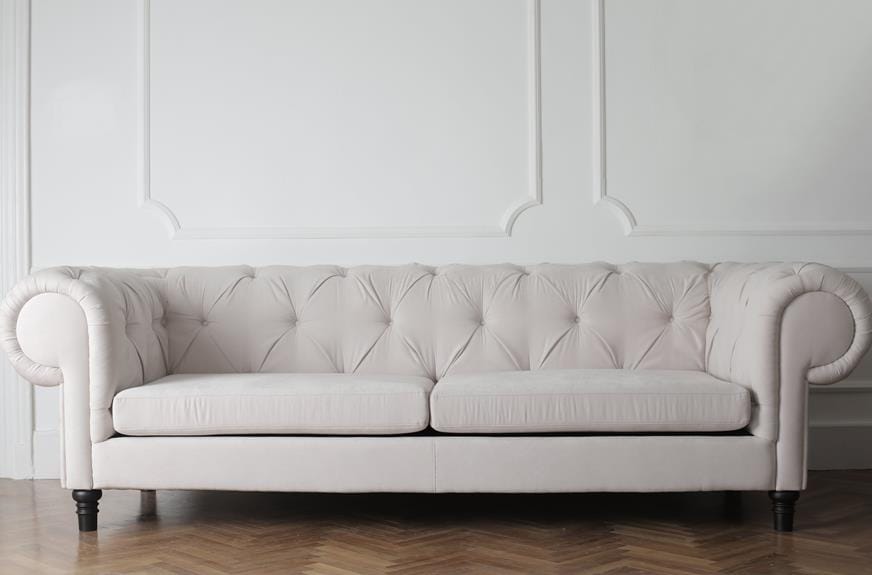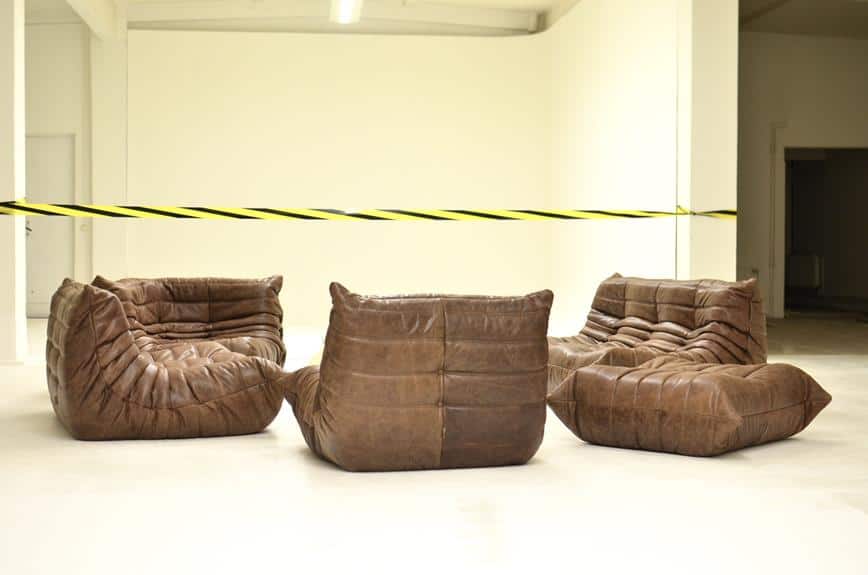End tables do not necessarily have to match. Their function is to provide a surface for items like lamps and to contribute to the room's overall look.
While traditional decor often favored matching tables for uniformity, contemporary styles allow for mixing different pieces. The choice to match end tables depends on the room's intended atmosphere, the relationship between furniture pieces, and personal taste.
A cohesive design can be maintained with a considered mix of shapes, textures, and colors, regardless of whether the tables are identical or different.
Understanding End Table Functionality
End tables provide a surface for items like lamps, drinks, and personal belongings next to seating areas. They are important for both function and style in a room. End tables come in various shapes and sizes to suit different needs. When choosing end tables, it's important to consider both their look and their usefulness. They should fit in with the decor and provide support for lighting, hold drinks securely, and keep frequently used items within reach.
End tables can also enhance a room's design without having to match other furniture exactly. Mixing styles can add visual interest. For example, a dark wood coffee table might pair well with a light-colored end table for contrast. The main goal is to make sure end tables are both useful and contribute to the room's appeal.
The Role of Room Symmetry
In interior design, symmetry contributes to a room's sense of balance and calm. Designers may use matching end tables to achieve a traditional look, promoting uniformity and formality.
Alternatively, different end tables can introduce variety and personality, fitting for eclectic styles. The key to a symmetric design is the even distribution of visual weight, which can be accomplished with various combinations of furniture and color.
The decision to use matching or varied end tables depends on the intended effect on the room's symmetry and the overall design plan.
Mixing Materials and Textures
Combining different materials and textures, such as wood with metal or glass with fabric, can enhance a living room by adding variety and interest. End tables are important in this design approach. Selecting end tables that blend materials and textures can result in a complex and elegant space that reflects individual tastes.
For instance, an accent table with a glass top and a base made of rough, reclaimed wood can become a central feature in a room, especially if the room otherwise has soft fabrics and comfortable seating. This mix of materials attracts attention and adds textural diversity, enriching the feel of the space.
The interplay of materials and textures also creates a balance between warm and cool tones in the room. A cool, metal end table might complement a warmer wooden coffee table, creating harmony. Using different woods in furniture, including end tables, introduces both contrast and unity to the design.
Placing contrasting materials thoughtfully can form a compelling visual story. A stone accent table next to a soft chair highlights the uniqueness of each item. The goal of mixing materials and textures is to produce an attractive and welcoming space where each piece enhances the others, ensuring end tables and furnishings make for a cohesive and appealing home.
Coordinating Without Matching
To create a cohesive living room design with end tables that don't match, choose different shapes that share a design element. For example, a round table can complement a rectangular one, balancing a room with straight-edged furniture. Combine end tables made from different materials, like glass and wood, ensuring they share a color or design detail to unify them.
In eclectic decor, it's effective to mix end tables from various styles and eras, but maintain cohesion with a common finish, color, or motif. This approach allows for individual expression while maintaining a harmonious space.
Incorporating Personal Style Preferences
Choosing end tables is a reflection of personal style and the desired look for one's living space. For a unified appearance, matching end tables can provide order and balance. Alternatively, selecting varied shapes and designs for side tables can create an eclectic and visually interesting space, allowing each piece to reflect the individual's taste and story.
Materials like reclaimed wood, metal, or glass for end tables can also express personal style, and while budget is a consideration, it doesn't have to restrict creativity. The key is to find options that align with one's aesthetic preferences within the available budget.
The goal in pairing coffee and end tables is to establish a visual relationship between them, whether through contrast or continuity. Attention to visual weight and texture can help achieve a cohesive and personal look, showing that the most important aspect is to match the furniture to personal style preferences.




